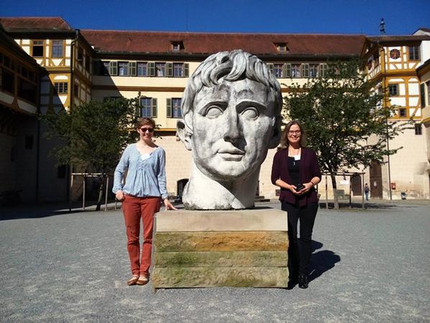DGF Pronoun Project
Syntactic and discourse-level constraints in native and non-native pronoun resolution
Gefördert von der DFG (2014-2017)
Projekt-Mitglieder
Claudia Felser (Leitung)
Clare Patterson (PostDoc, 2014-2017)
Janna Drummer (Doktorandin)
Cecilia Puebla Antunes
Janna Drummer wurde während ihrer Elternzeit vertreten von Cecilia Puebla Antunes, derzeit Studentin des Potsdamer Master-Programms Experimental and Clinical Linguistics.
Projektbeschreibung
Establishing referential links between pronouns and their antecedents as quickly and as accurately as possible is vital for successful sentence and discourse comprehension. Yet the nature of the mental mechanisms involved, and the types of constraint which guide the antecedent search, are still not fully understood. Both linguistic and psycholinguistic models of anaphor resolution have almost exclusively been informed by data from adult native speakers, and the majority of online processing studies have investigated English. Current hypotheses about the time-course of pronoun resolution differ with regard to the questions of when during processing syntactic and discourse-level constraints come into play, and how they interact over time. This project will investigate and compare the timing of syntactic and discourse-level constraints during native and non-native pronoun resolution in German, with the aim of testing the cross-linguistic and cross-population validity of current theoretical models and hypotheses about real-time anaphor resolution. Data from native and non-native speakers will be compared in order to test the robustness of, and help improve, existing models of anaphor resolution.


